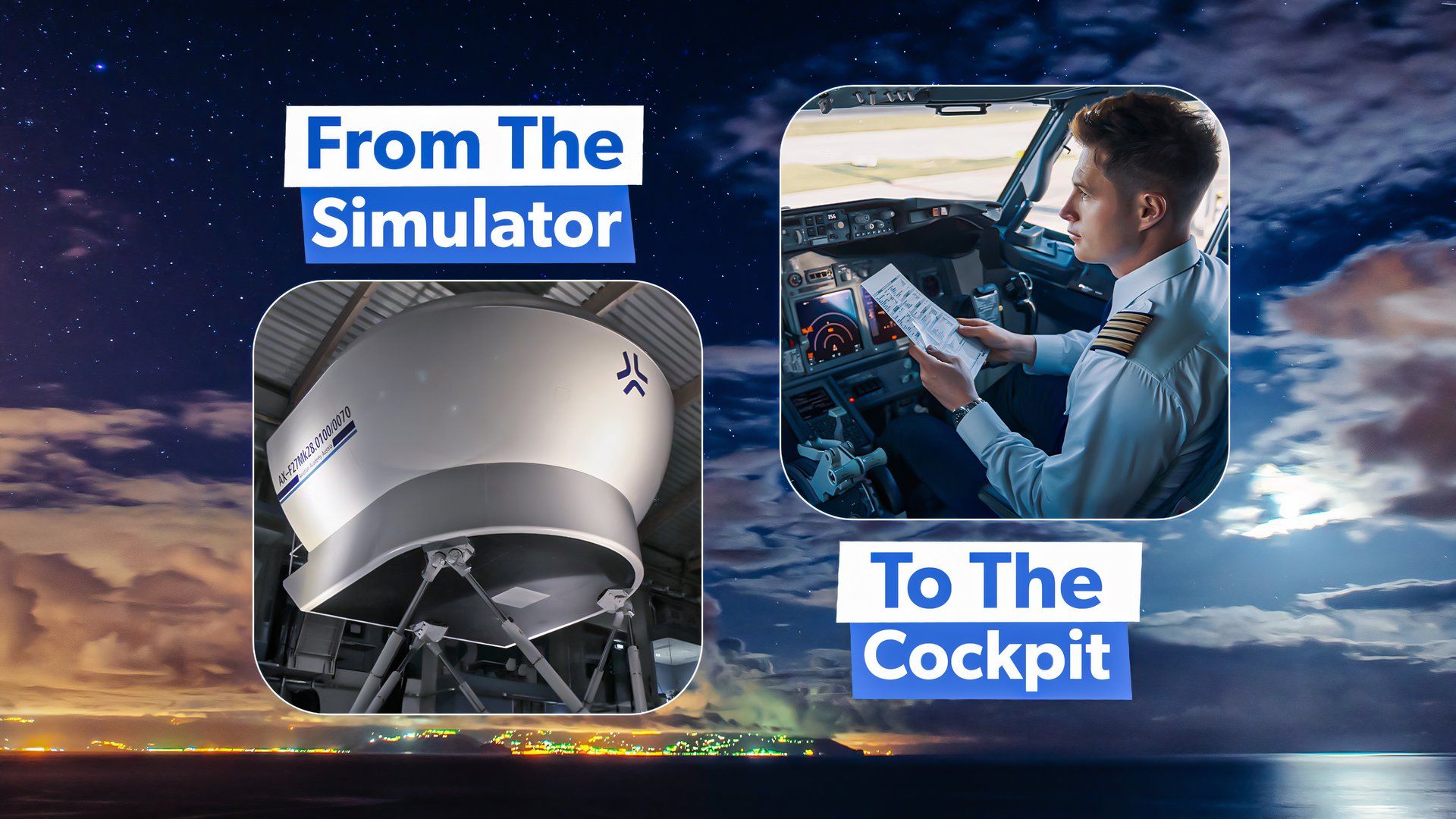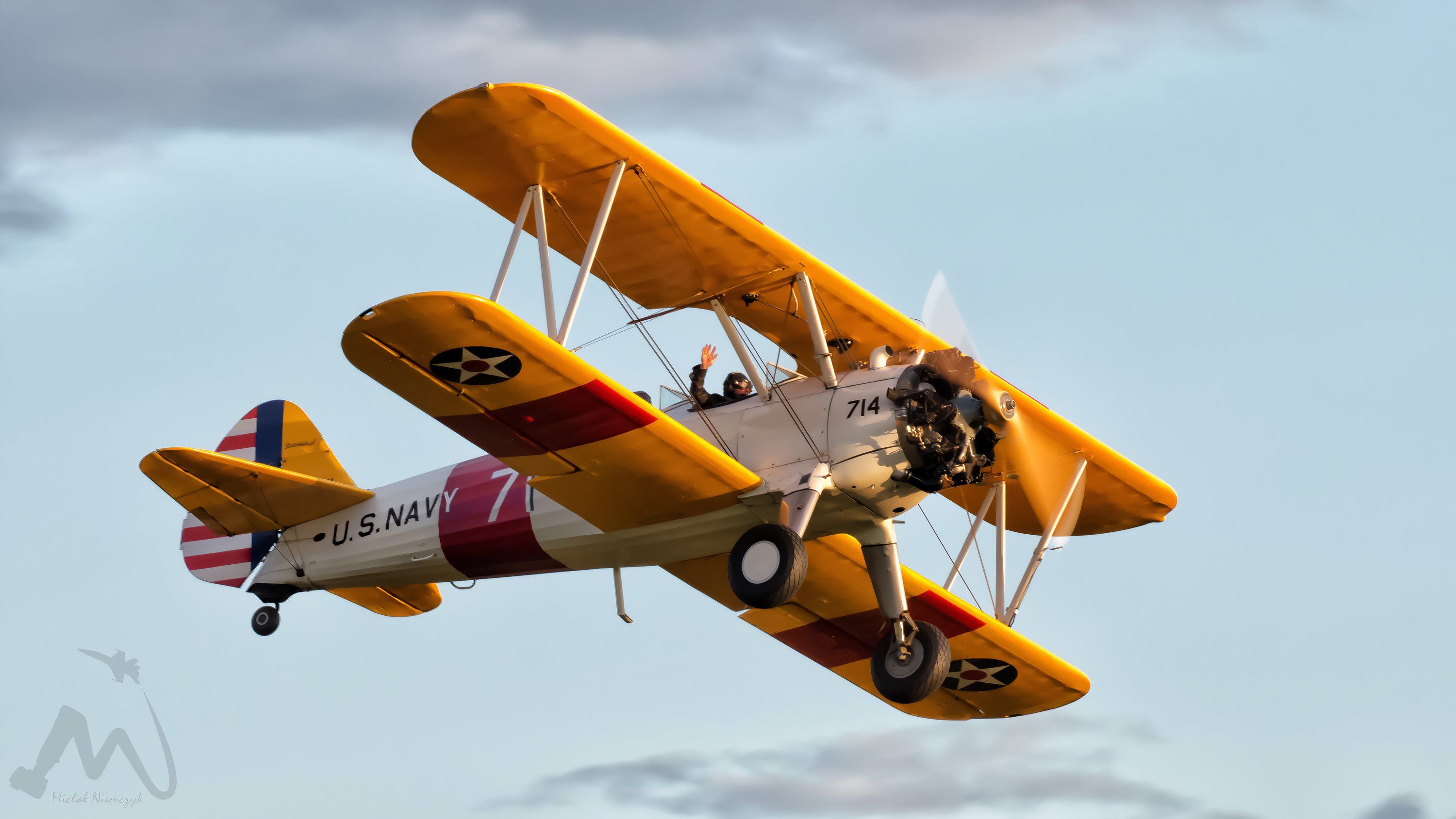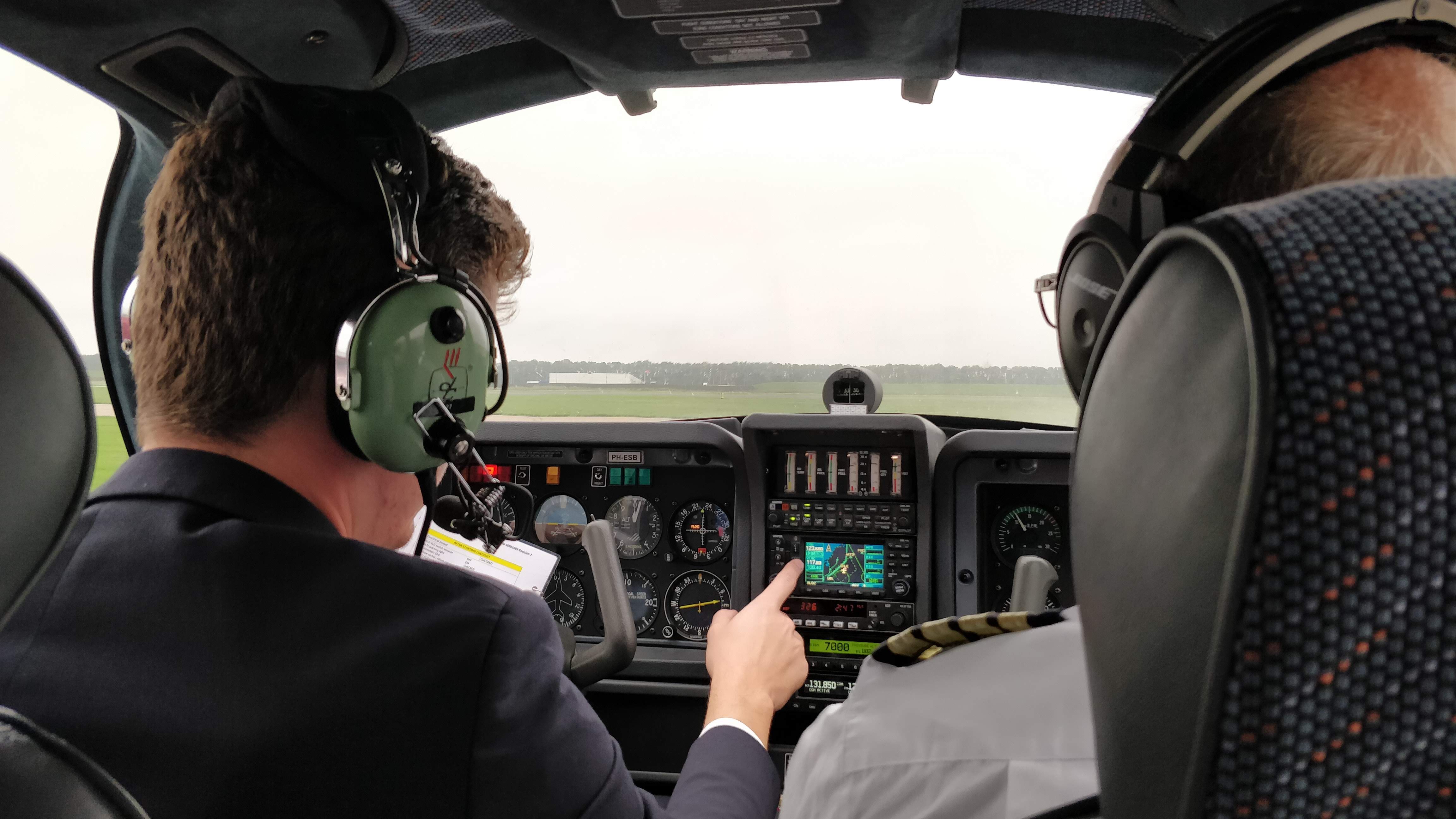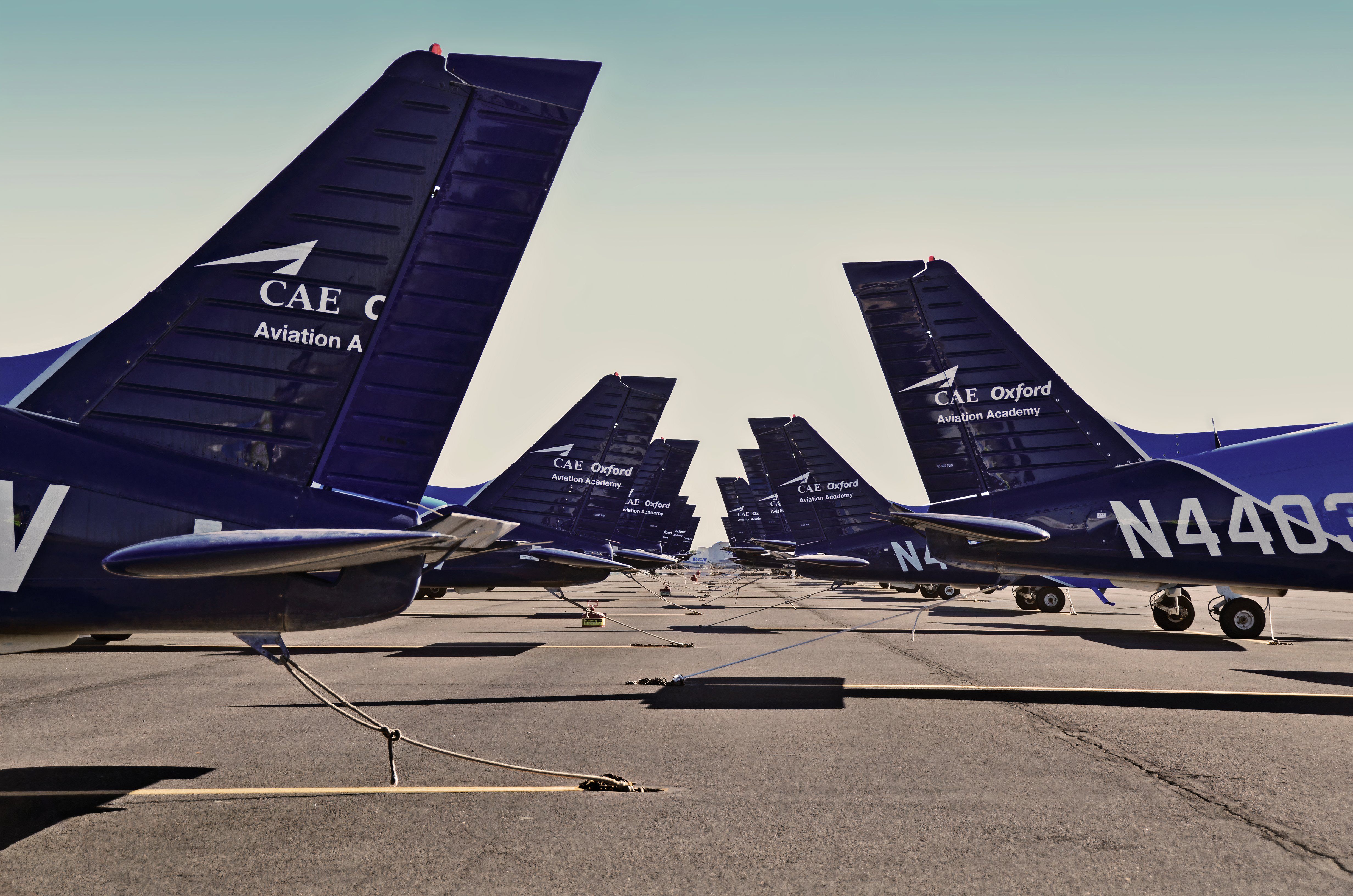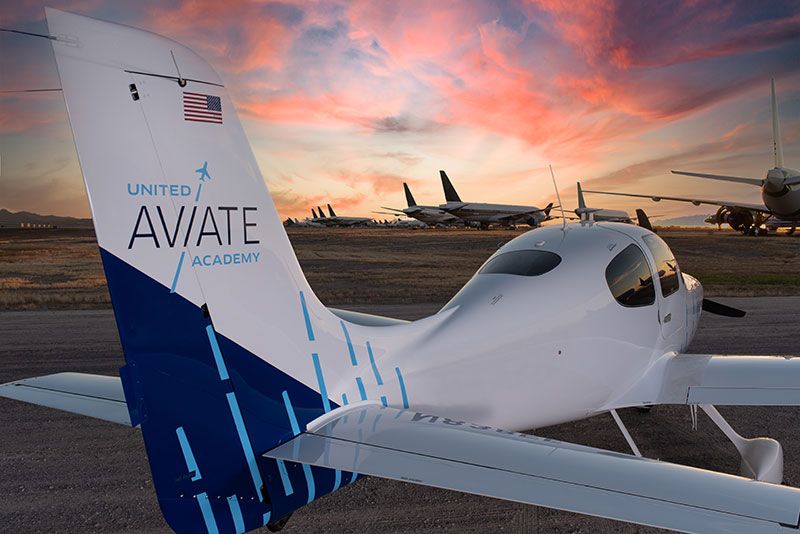Summary
- Rudimentary (yet effective) flight simulators were used during WWII, resulting in very quick training timelines.
- The introduction of Crew Resource Management (CRM) occurred in 1981 after multiple airline accidents worldwide.
- US airlines have increased sponsored ab initio flight training programs over the last half-decade.
The evolution of flight training over the years is part of the broader saga of the evolution of technology. In its infancy, flight training was reserved for the privileged few with direct access to aviation through friends and family. Being the first global conflict to include a large-scale use of fixed-wing aircraft, World War I broadened the flight training envelope.
World War II, the expansion of airline travel in the 1940s, the dawn of the jet age in the Fifties, and the institutionalization of civilian flight training in the Nineties all had measurable impacts on how pilot training has evolved.
The evolution of pilot training can be examined through many lenses, and this article will focus on just a few. Namely, the early training philosophies developed by air forces, the introduction of crew resource management (CRM), multi-crew training programs, and the introduction of airline cadet programs are just a few of the notable changes in pilot training that this article will discuss.
World War II training philosophies
Prior to the 1970s, nearly every airline pilot was a product of their country’s air force, army, or navy. Therefore, airline flight training was predicated largely on military training standards. During the World War II era, prospective pilots were identified through application processes that tested mathematical skills, reasoning, and overall IQ. Successful applicants went through initial ground training, basic flight training, and advanced training. Interestingly, this general footprint is still employed for flight training in the modern era.
According to the Royal Air Force museum archives, basic ground training covered aeronautical theory, navigation, and mathematics. This intensive eight-week curriculum was followed by a ten-week basic flight training program that used planes like the Miles Magister, Airspeed Oxford (RAF), and the PT-17 (USAF). Advanced training focused on higher-performance planes, combat maneuvering, and operational training.
From start to finish, flight training took nine months (USAF), and pilots accumulated between 200 and 300 hours in both the US and Britain. During World War II, this pilot training was condensed to a mere 30 weeks.
Photo: MichalNiemczyk I Shutterstock
Basic flight training included a small portion of simulator training to prepare student pilots for flying procedures and orient them to the cockpit layout of their plane. One of the most used early flight simulators was the Link Trainer. Founded by and named after Ed Link, the trainer was first introduced in the late 1920s as a device to help pilots understand how to fly referencing instruments. The plane used basic pneumatics and electrics to respond to pilot inputs and generated visual cues that resulted from inputs. The outside of the Link Trainer looked like a toy airplane and was just big enough for one person to fit inside. The trainer was the first widely-successful simulator and was used worldwide by countless countries during World War II and thereafter. The following images are of various models of the Link Trainer.
Introduction of CRM
Fast-forward 30 years. It’s 1978, and airlines have been flying turbine jet aircraft around the world for two decades. More people were traveling during this era than ever before. Despite planes becoming more reliable thanks to safety enhancements and system redundancies, passenger planes were still crashing at an unacceptably high rate. The tipping point was reached when United 173 crashed outside Portland, Oregon, due to fuel starvation.
The cause was frustratingly simple: A damaged microswitch on the right gear did not illuminate the green light in the flight deck gear indicator, causing the crew to fixate on troubleshooting the issue. The captain was deaf to advice from his flight engineer and first officer, and the DC-8 crew backed themselves into an unrecoverable corner. The Tenerife disaster (still the worst in aviation history) that occurred 15 months prior added to the public and political outcry.
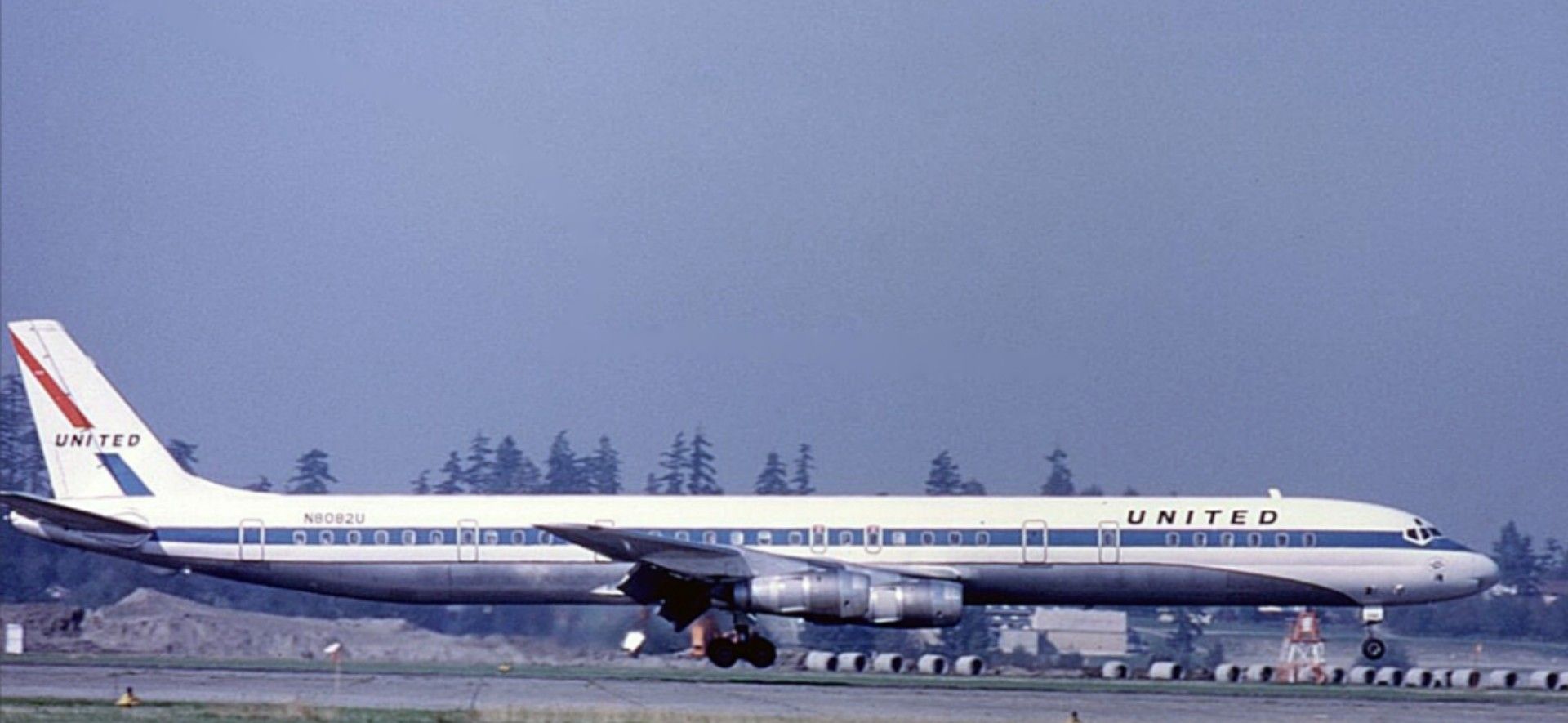
Related
The Various Factors That Downed United Airlines Flight 173 On This Day In 1978
Because the aircraft had no fuel, the plane never caught fire after the crash.
Though mostly positive, remnants of military training and indoctrination had made their way into the ranks of the airline training world and, consequently, out on the flight line. Pilots could fly their planes exceptionally, but oftentimes struggled to communicate effectively. As the “commander,” the captain ran the show and was often unphased by comments and suggestions made by junior crew members. Accordingly, a power gradient was established such that the voices of first and second officers and engineers were drowned out by the captains. This led to many errors not being identified and corrected, which contributed to accidents.
In 1981, the FAA, NASA, the NTSB, and (to their credit) United Airlines formed a working coalition to create a flight deck dynamic that more closely resembled a managerial grid and absolved it of unhelpful power gradients. This first form of crew resource management was developed in collaboration with psychologists Robert Blake and Jane Mouton and sought to elevate the interpersonal skills of pilots and eliminate overly authoritative captains and under-assertive first officers. According to an FAA historical account, many pilots took this new CRM model. In contrast, others decried it for being akin to “charm school” and for its perceived attempt to change their personalities.
The overarching goal of CRM is to ensure that everyone’s opinion is thoughtfully and consciously considered while also keeping in mind that the captain has the final legal authority over the flight. CRM concepts were identified to work in the mid-1980s and have been continuously tuned. Nowadays, CRM is the bedrock of operating procedures at every airline. It is taught in ground school, during line-oriented flight training in simulators, and is expected to be practiced during every flight on the line. The integration of CRM into pilot training has arguably been the most impactful evolution of the airline industry since the dawn of the jet age.
Advanced qualification programs & multi-crew training
Advances in crew training continued after the global introduction of CRM in the 1980s. By the next decade, America’s regulator (the FAA) introduced a new training certification standard called the Advanced Qualification Program (AQP). Airlines and charter operations slowly started adapting to AQP, which enabled them to develop data-driven training events to certify new pilots and re-qualify existing ones through type rating courses.
The idea behind AQP is that airline training departments use front-end data analysis from their safety programs to curate a “train to proficiency” course rather than one where pilots meet hard, black-and-white standards. These courses need to be approved by the FAA and are constantly audited.
Advanced Qualification Programs are used my the majority of airlines in the US. Pilots who need a new type rating go through an AQP program working as a crew member with another pilot. This stands in contrast to the way pilot certification is conducted in the civilian world under Part 61 where pilots perform maneuvers to strict tolerances as a single pilot. In contrast, AQP checkrides are usually a two-part event: A more tradtitional maneuver validation and a line-oriented flight examination. Both of these modules are performed in simulators with two pilots working as a crew.
MPL
The AQP model in the US reflects the certification standards of many other global regulators. To an even greater extent than US pilots, pilots from Euro-Asian regulatory systems are able to learn in multi-crew environments from the outset of their training. This type of program is known as “Multi-Crew Pilot License” training (MPL). After performing their initial solo, students who learn under this methodology work as crews (in small general aviation training aircraft) and learn how to run checklists and coordinate as a team from a very early stage in training.
An instructor occupies the right seat, while the flying student works as a crew with their student colleague in the backseat (the monitoring pilot). This allows for a more seamless transition to their turbine type ratings, which require a multi-pilot environment. For these students, there’s nothing new about working as a crew when they go to their initial Boeing 737 or Airbus A320 type rating.
Photo: venuswix I Shutterstock
The two most notable exceptions to MPL-style training courses are the US and Canada. The US’s flight time requirement for the Airline Transport Pilot certificate would be severely undermined by the MPL license’s much lower limit (somewhere between 250-300 hours, plus simulator training). Somewhat ironically, the US is one of the most prolific (if not the single largest) producers of MPL-licensed pilots since so many foreign students undergo flight training at US schools staffed by instructors who are trying to meet the 1,500-hour ATP requirement.
Regardless of what one might think about this setup, the global aviation market has embraced CRM to such an extent as to incorporate it into training from the initial stages all the way through to the issuance of airline transport certificates. This is surely one of the greatest achievements of the aviation industry in recent decades.
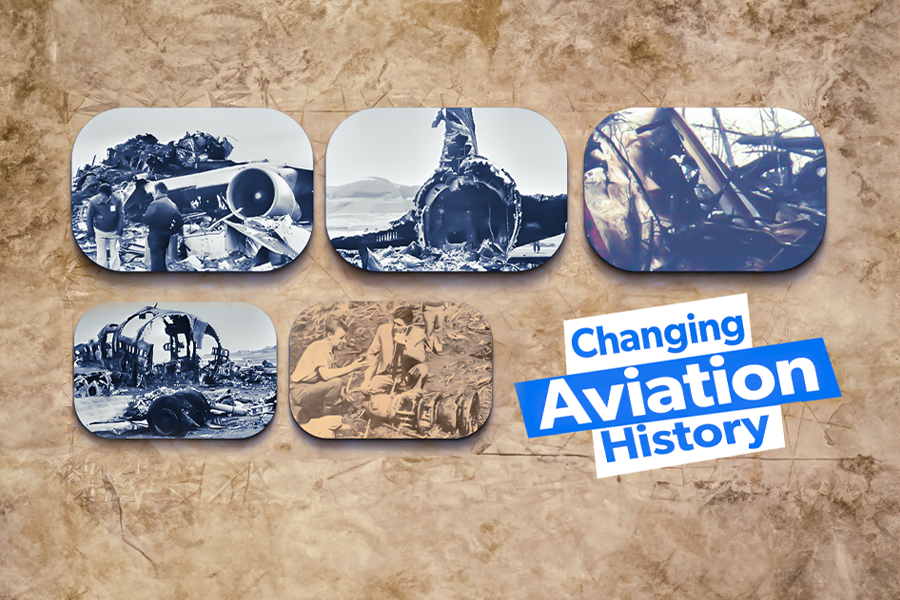
Related
History: 5 Plane Crashes That Prompted Widespread Aviation Safety Reforms
Throughout the history of aviation, safety rules have been, unfortunately, written in blood.
Pilot pathway programs
The standards for obtaining pilot certificates have remained relatively unchanged for the past few decades. Aside from the obvious 1,500-hour airline transport pilot hour increase in the US, earning certificates looks much like it did a few decades ago.
One thing that has changed recently in the US aviation market is the amount of sponsored ab-initio flight training. Compared to global airlines (who have sponsored cadets for decades in flight academies worldwide), US airlines were an exception until about five years ago. Though major flight academies like CAE, UND, and ATP have long existed, US airlines have only recently started interviewing and sponsoring cadets in specified airline-oriented programs.
Photo: Milan Rademakers I Shutterstock
JetBlue and American Airlines started cadet programs (JetBlue Gateway Select and the AA Cadet Academy) around 2018. Southwest, Delta, United, Frontier, SkyWest, and a host of other regional airlines have followed suit. Although airlines use the term “sponsor” to describe their relationship with their cadets, they seldom pay for their cadets’ flight school tuition but instead offer more competitive repayment programs compared to traditional loans.
The major airlines offer a guided flight training course that flight schools around the US facilitate. The model is similar to what European and Asian airlines have been doing for decades. Cadets build a rapport with their “sponsor” airline and often receive added mentorship and scholarship opportunities. The main difference between US pilots and those from everywhere else is the need to earn upwards of one thousand more hours after completing a commercial pilot certificate before they can fly for an airline.
Photo: United Airlines
The cadet programs offered by US carriers are evidence of a pivot from recruiting directly from the military towards a more civilian-based pilot cadre. This only stands to reason as fewer military pilots are overall available to hire compared to decades prior. In reality, this is the most significant change. New airline pilots come from civilian backgrounds, and they have been preparing for an airline environment for years, something that proves useful when learning the multi-crew operating environment for the first time.
The course of time
Many things have changed regarding pilot training, and many more will continue to evolve with technology and experience. At the same time, plenty remains the same. Aerodynamics, mathematics, and the overall propensity for an individual to be a successful aviator have remained unchanged since the first flight in 1903. Perhaps what’s changed the most about pilot training since the WWII era is who has access to it. This enhanced diversity is, of course, for the betterment of aviation.

